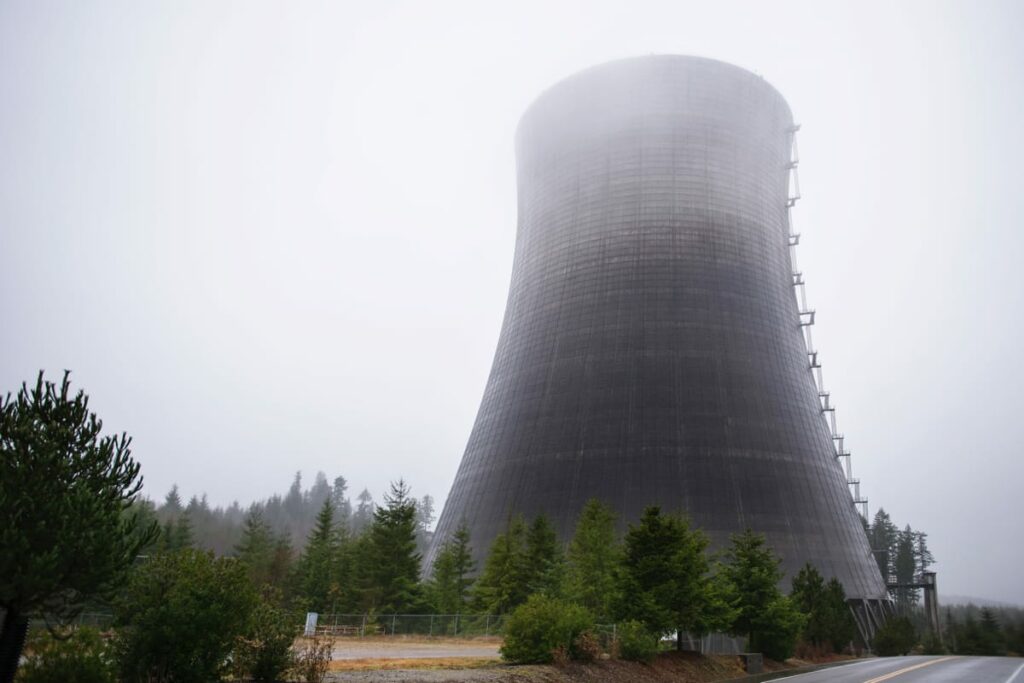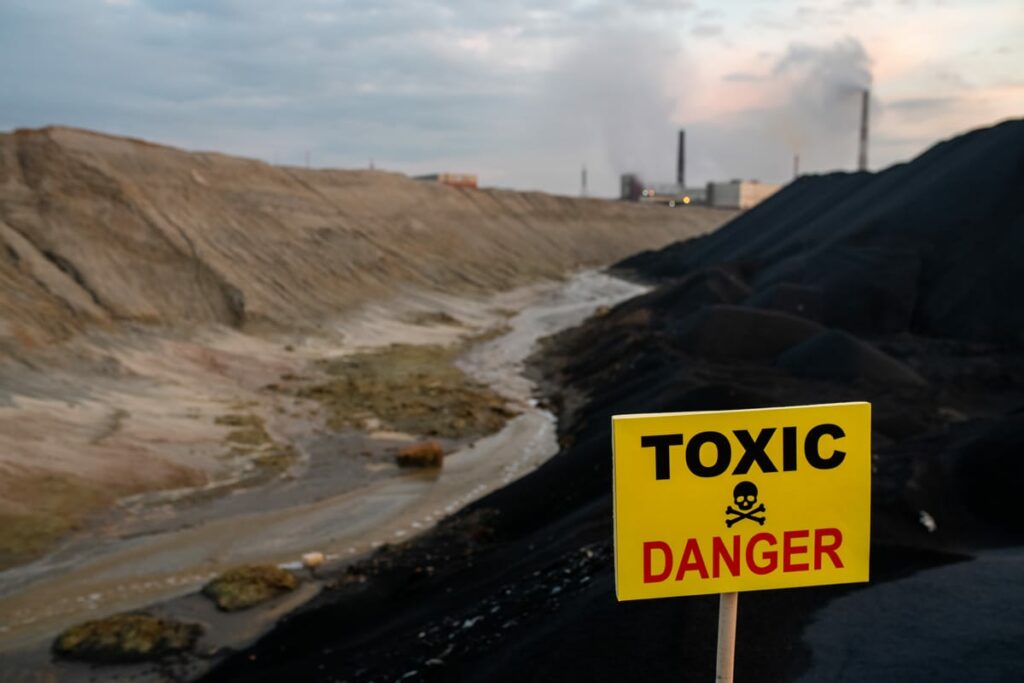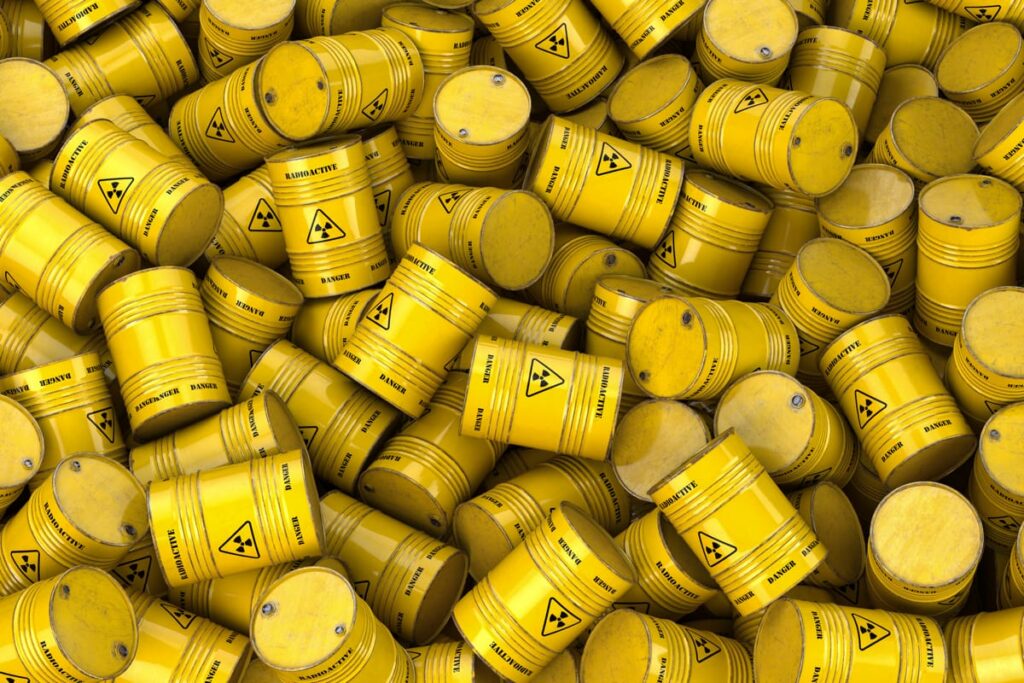If you’re a nuclear engineer, you know that Chornobyl and Three Mile Island aren’t the only meltdowns in nuclear reactor history.
Chornobyl
The memory of self-sustaining fission has haunted the Chornobyl nuclear ruins since the disaster struck on April 26, 1986. The Unit Four reactor’s core melted, releasing its uranium fuel rods and zirconium cladding into the sand below. The lava flowed into the basement rooms and hardened into fuel-containing materials. This material is still a hazard to the environment.
The accident occurred because operators of the Chornobyl reactor began pulling the control rods out further than usual. They did so because of the instability of the power system. The operators then noticed the fluctuation in the power supply and pressed a button to shut down the reactor. However, it was too late.
The first explosion tore the top of the reactor and sent a fiery fireball into the night sky. Thousands of fires began in the neighboring reactors, and the entire plant went black. Despite insistence to the contrary, the nuclear engineer in charge of the test died from radiation poisoning.
The nuclear power plant at Chornobyl was first installed in 1977 and was located just 65 kilometers north of the Ukrainian capital of Kyiv. The reactors in the Chornobyl plant were RBMK-1000 designs. At the time of the accident, four of these units had already been installed, and two more were under construction. There was also an artificial lake on the site for cooling water.
The Chornobyl disaster first came to light on April 29, 1986, when firefighters arrived on the scene. The firefighters did not know about the dangers of radiation and proceeded to the site without wearing protective clothing. The local Soviet officials convened an emergency meeting and decided to close the road leading into Pripyat.
As a result of the disaster, the exclusion zone was extended from 30 to 400 square kilometers. The government shifted the lives of 220,000 people from contaminated areas, and implemented stricter radiation regulations. The exclusion zone was eventually extended to 4,300 square kilometers so that residents in less affected areas would not be exposed to radiation. While the radiation in most of the sites was over 350 millisieverts per year, the radiation levels in the region fell rapidly to less than half of that during the first day.

Three Mile Island
The Three Mile Island nuclear reactor meltdown is a familiar story for many older Americans. The reactor went online in December 1978 near Middletown, Pennsylvania. The reactor’s Unit 2 partially melted down on March 28, 1979, after the water-coolant pumps failed, releasing a small amount of radiation. Because of this leak, the facility was forced to shut down and evacuate. Since then, many people have been apprehensive about the dangers of nuclear power.
The accident caused the United States to implement stricter nuclear safety regulations. Despite the minor releases of radioactive material, the incident forced the atomic industry to change how it operated. In the wake of the Three Mile Island accident, sweeping changes were made to how nuclear power plants were used.

Scientists could pinpoint the problem and shut the plant down within five hours. A few years after the disaster, scientists were still evaluating the damage to TMI-2. While the initial tests at Three Mile Island were successfully conducted, the operators made a mistake. They believed the core would overflow and corrode the reactor. Therefore, they shut off the emergency cooling system. The result was a devastating disaster. The reactor’s core melted, releasing radioactive material into the cooling water.
The initial reports of the Three Mile Island meltdown claim that the accident led to a rise in cancer and other health effects. The Pennsylvania Department of Health maintained a population registry for 18 years after the accident, and the results showed no abnormal health trends. Moreover, more than a dozen major independent studies found no link between accidents and cancer development.

China syndrome
The China Syndrome is a 1979 American disaster thriller film about a nuclear reactor meltdown in Chornobyl. It was written and directed by James Bridges and stars Jane Fonda, Jack Lemmon, Michael Douglas, Richard Herd, and Wilford Brimley.
The film portrayed the tragic outcome of a nuclear meltdown. Though the nuclear power industry at the time panned the film, it is now one of the most influential films in history. It provides a penetrating look at the dangers of nuclear energy and how corporate officials do not put public safety above their economic interests. After the film’s release, The China Syndrome became a powerful tool for protest, which resulted in a widespread anti-nuclear movement.














